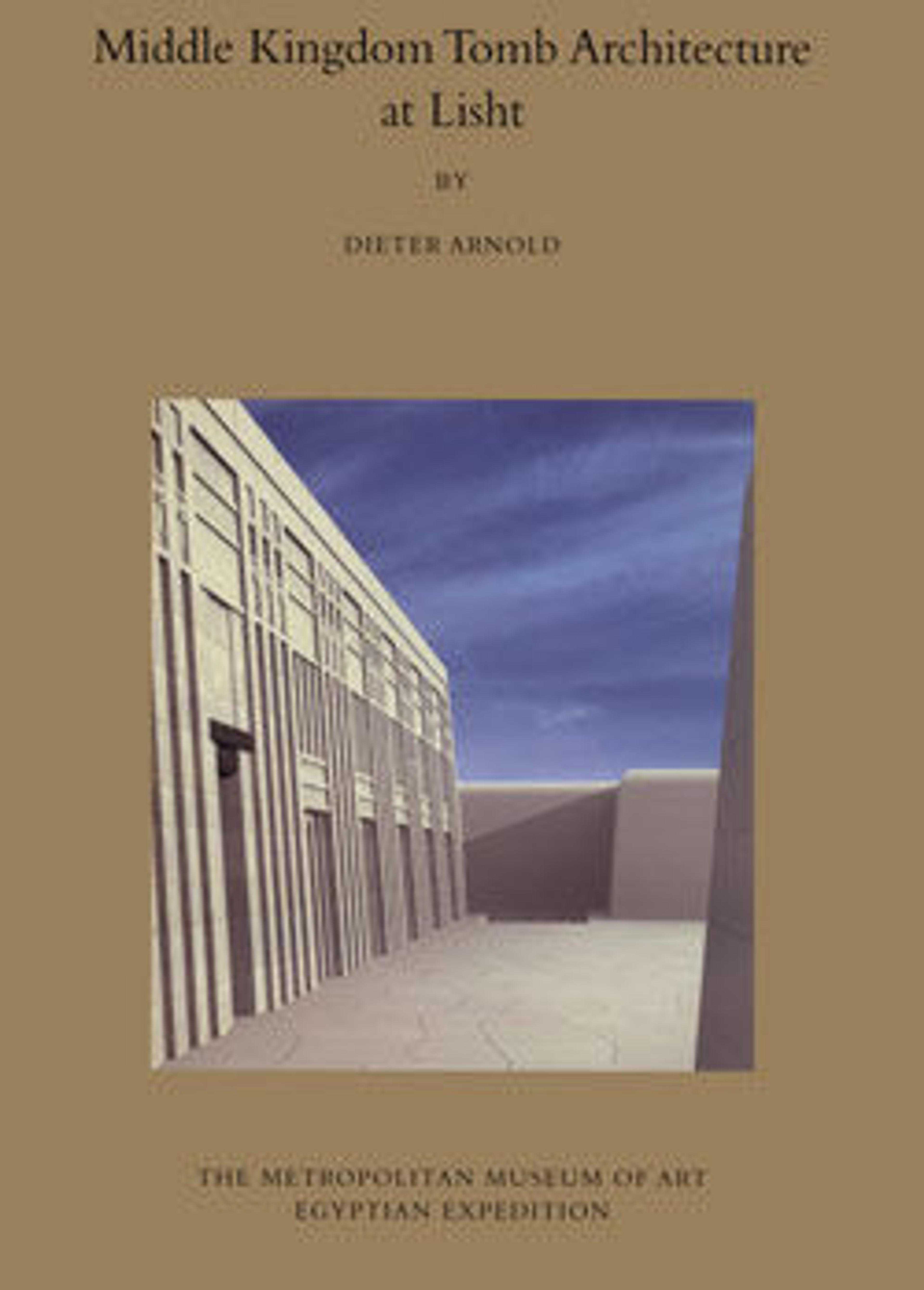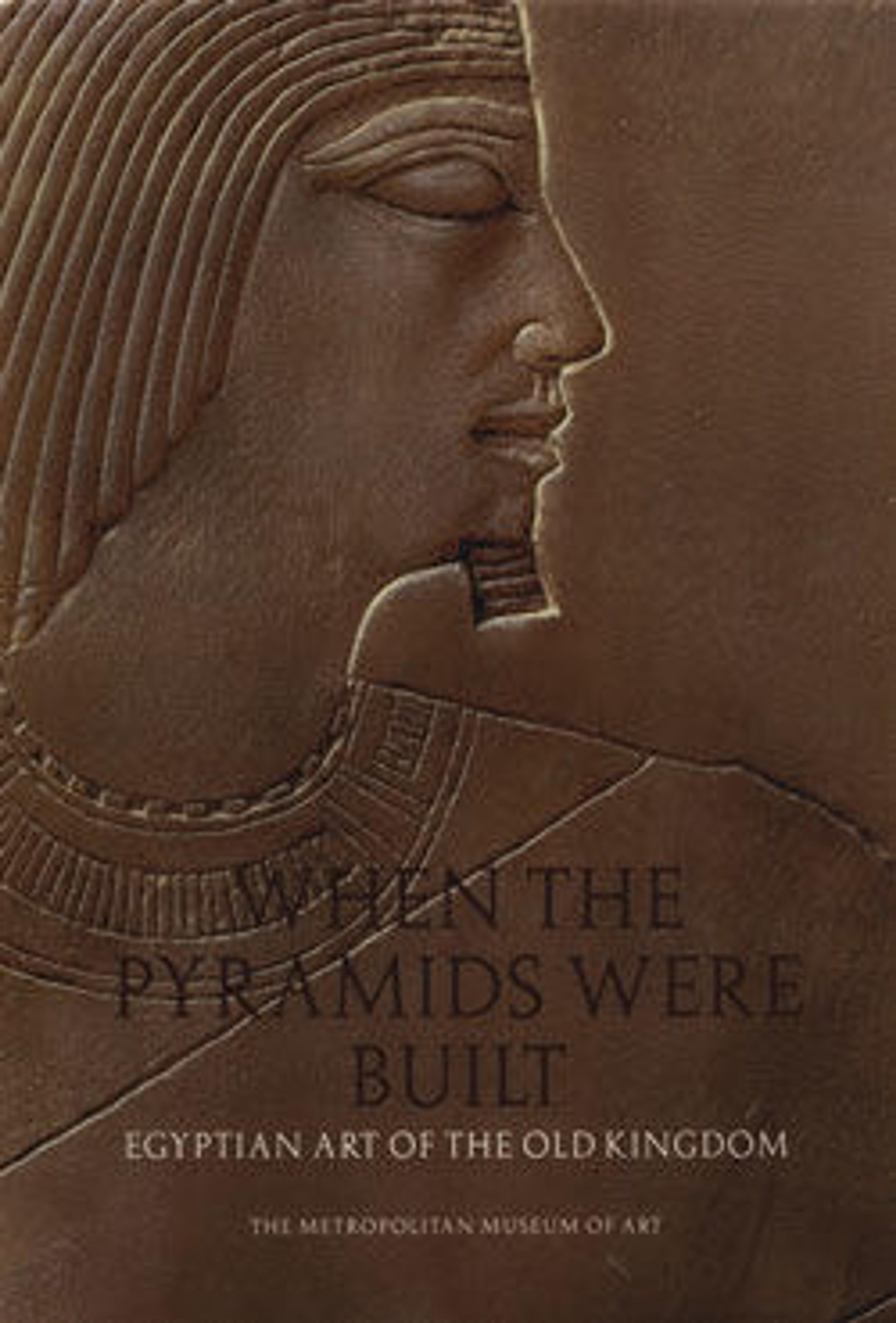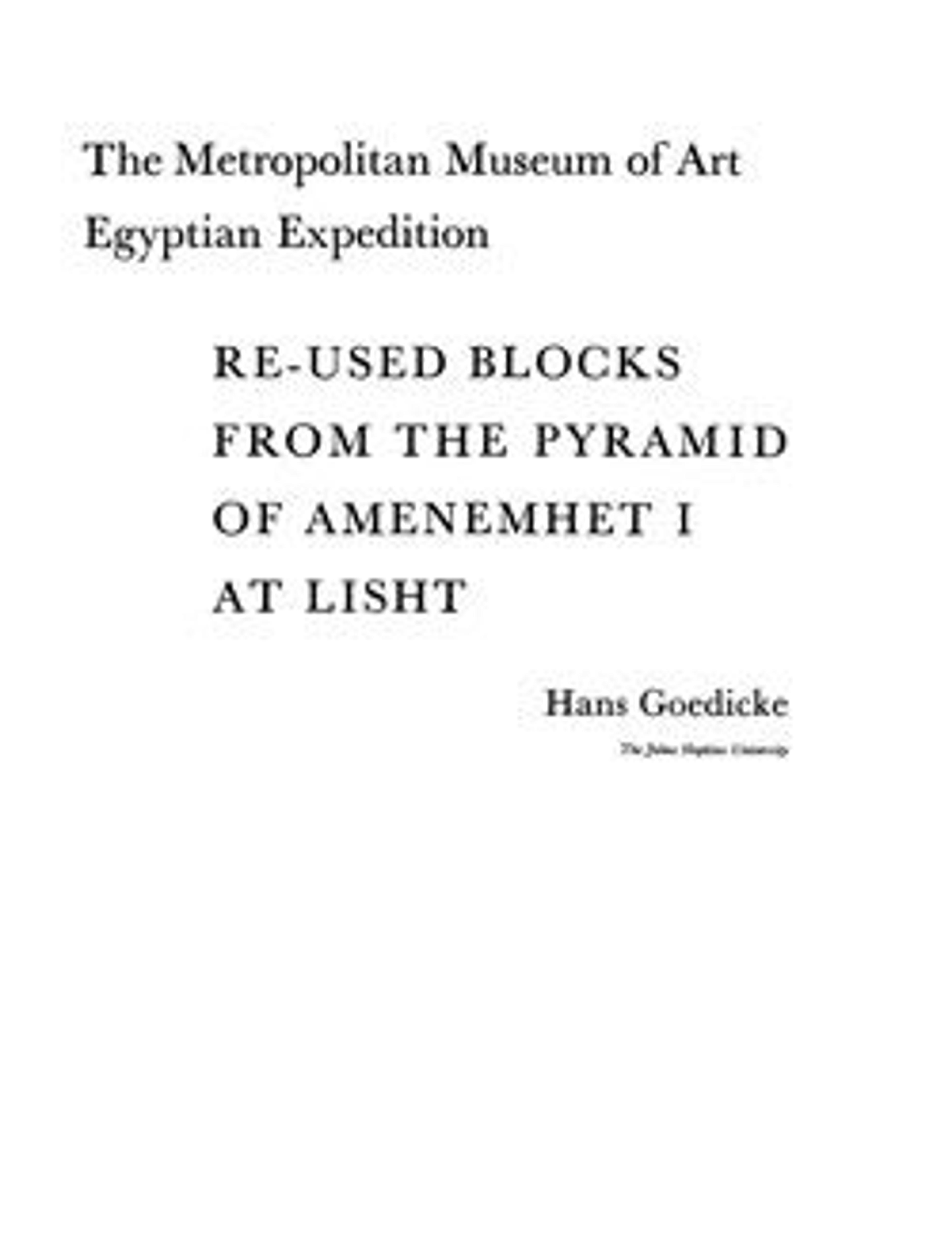
Middle Kingdom Tomb Architecture at Lisht: The Metropolitan Museum of Art Egyptian Expedition
The exploration of the Middle Kingdom cemeteries at El-Lisht, twenty miles south of Cairo, began in 1882, with the opening of the entrances to the pyramids of Amenenmhat I and Senwosret I. From 1906 to 1934 and again from 1984 to 1991 the Egyptian Expedition of The Metropolitan Museum of Art, New York, worked intensively at the Lisht site. In the present volume Dieter Arnold describes and documents the architecture and wall decoration of tombs built for courtiers and officials around the two royal pyramids at Lisht. Ancient tomb robbers and quarrymen had almost totally denuded the Middle Kingdom buildings, but excavation and careful study of remaining foundations, architectural elements, and fragments of relief decoration have enabled the author and his team to reconstruct to a fair degree the form and appearance of these masterpieces of ancient Egyptian architecture. The textual portion ends with an appendix written by James P. Allen, professor of Egyptology at Brown University, that reviews an important biographical inscription from one of the tombs. This amply illustrated volume, which also publishes for the first time one of the most highly artistic painted sarcophagi of the Middle Kingdom, is the twenty-eighth in the series documenting the Museum's fieldwork in Egypt. It provides the architectural background for innumerable sculptures and small objects excavated in the tombs at El-Lisht that are now part of the collections of the Egyptian Museum, Cairo, and of The Metropolitan Museum of Art.
Met Art in Publication
You May Also Like
Press the down key to skip to the last item.
Citation
———. 2008. Middle Kingdom Tomb Architecture at Lisht. Publications of the Metropolitan Museum of Art Egyptian Expedition, v. 28. New York : New Haven [Conn.]: Metropolitan Museum of Art ; Yale University Press.




